In the micro moment
Recently, I attended ‘Geek Out With Google’ - a series of talks from four key Google speakers from around the world. Out of all of them, the one that I found the most interesting was Sophie Hirst’s talk on Micro Moments. This was mainly because I had never heard of the term micro moments before, and once I learnt what they were, I could see the significance of using them in workshops.
So what is a micro moment?
When a user makes a snap decision in the moment where they either need something, want more information or want an answer right now, THAT is a micro moment. For example if you were watching a TV ad and wanted to find out more information, or even saw a product on a tv show and wanted to know where you could buy it….you get out your phone…find out more info….guess what? You’re experiencing consumerism…I mean wait no….A MICRO MOMENT!
It’s a moment where you as a user need something right now.
Maybe you’re in a shop and you are looking at two products that differ slightly but cost around the same. You want to find out more info? I’m sure you’d instinctively pull out your phone to see if you can find out a quick answer.
Mobile itself has fractured the customer journey into hundreds of real-time, intent-driven micro moments. And each of these moments is an opportunity to shape decisions and preferences. If you can win the user in the moment you’ll win the purchase. Google broke these up into three categories:
Immediate Action
Smartphones allow us to act on impulses. We can take immediate action when we want to learn, find, do or buy something.
Demand for Relevance
Expectations are high and patience is low. Google have noted that many more users now abandon a product or brand loyalty because the online experience is not good enough. How useful and qualitative is the information?
Loyal To Needs
The brands that do the best job of addressing our needs in each moment will win.
Since attending the Google talk, I experienced a real life micro moment a couple of weeks ago. Back then I had a not so micro cough and waking up on Saturday morning I realised I really needed prescription cough medicine. Now I’m not about to say that I looked up on silk road something to knock me out, but I needed to work out the easiest way to get to a medical centre. As I’m currently without a car I needed somewhere easy to get to. I also wanted somewhere that I could book an appointment so that I wasn’t in a waiting room for a few hours.
Upon doing a Google search for medical centres close to me, I came across Health Engine. It showed one literally around the corner from me. I was presented with:
Opening hours
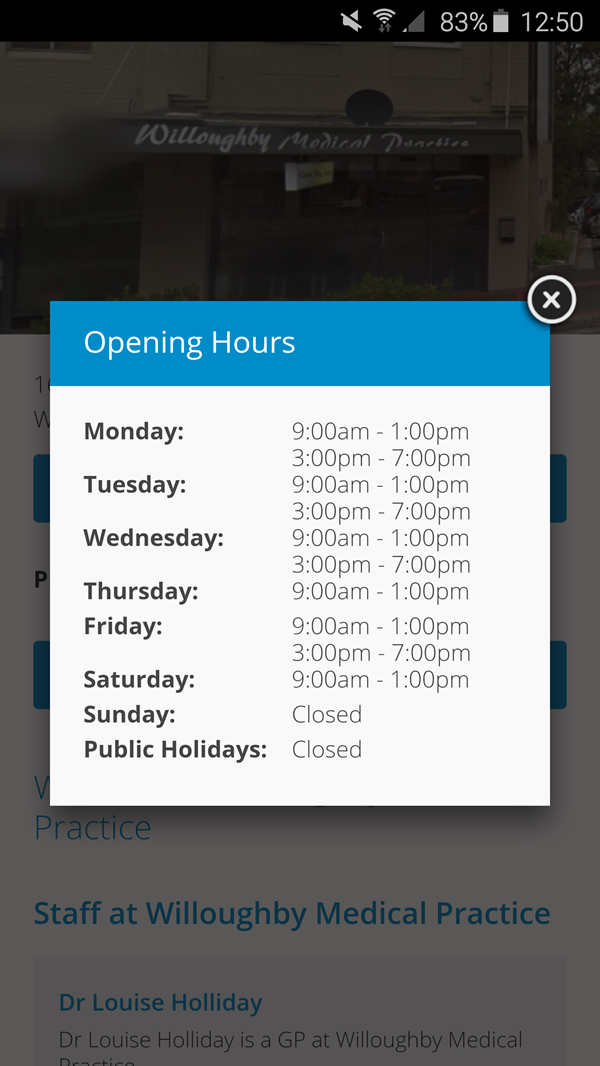
Map view and staff
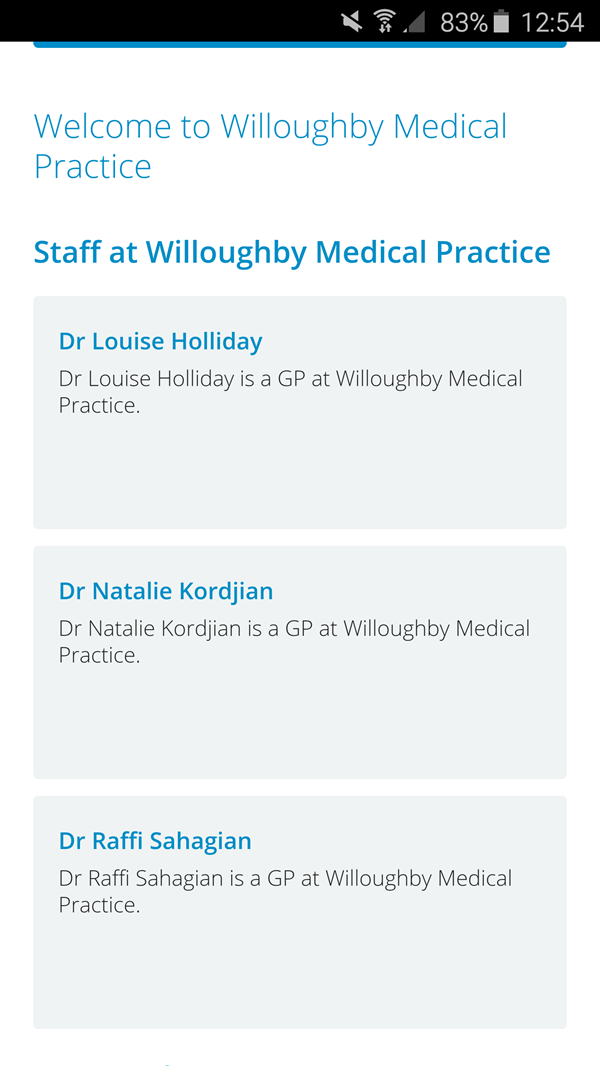
Reviews
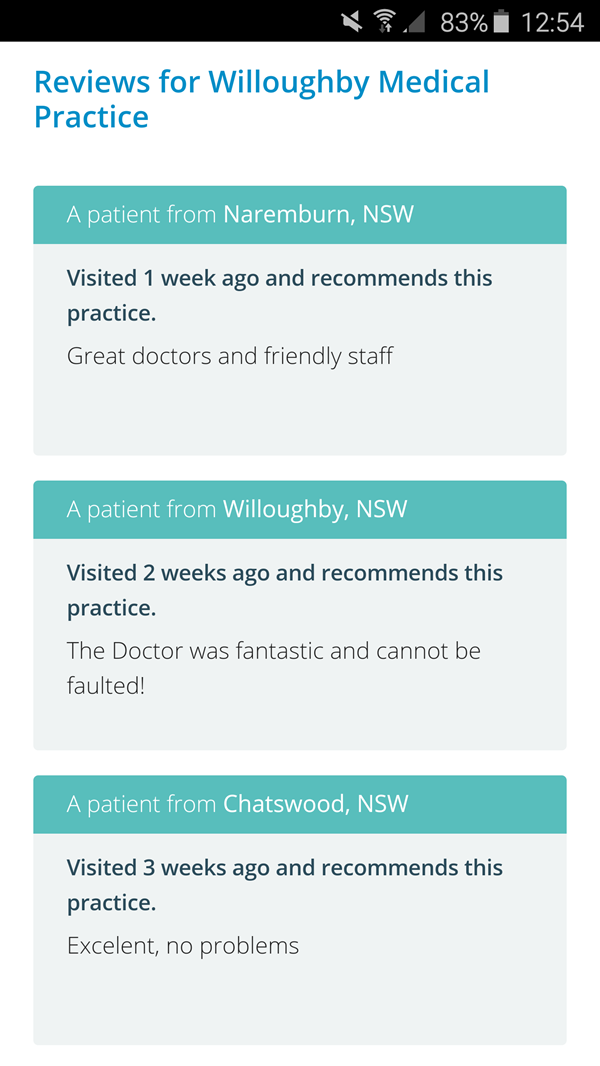
Not only that IT LETS ME BOOK THE APPOINTMENT. Exactly what
I was after.
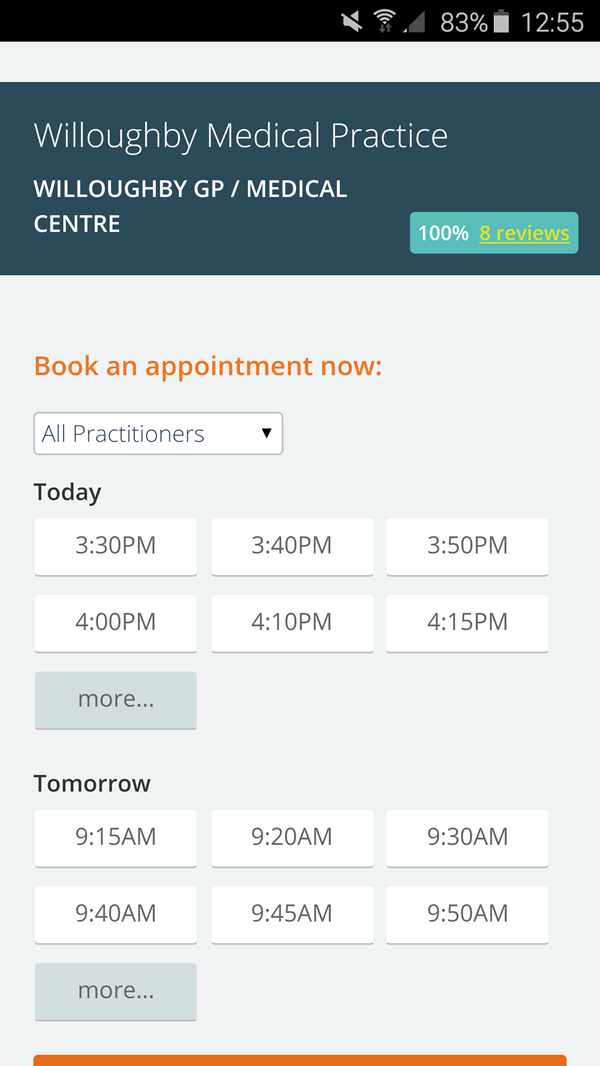
I can even choose the GP and see their availability during the day. I was able to make a booking that Saturday morning and I only had to walk around the corner to get there.
After booking it sends an email confirmation with a calendar invite, details about my appointment, and advice about waiting times. Perfect! I didn’t have to leave my bed and I’d booked an appointment with little effort. It solved my problem of needing to find a medical practice that takes appointments at late notice on a Saturday morning and in walking distance.
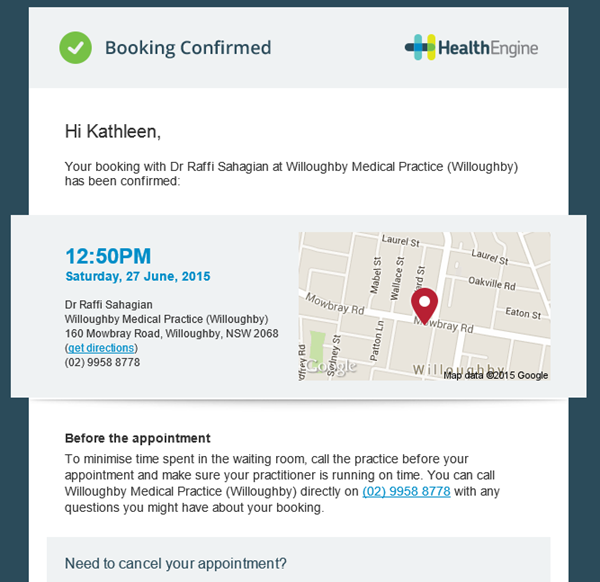
If the medical practice hadn’t been on Health Engine, I probably would of either left it as I didn’t want to walk far and sit in a waiting room for hours. Instead I had booked an appointment close, within a minute of deciding I needed to get better cough mixture. Health Engine had solved a micro moment.
How can you plan for these micro moments?
- Make a moments map.
- Understand customer needs in the moment.
- Use context to deliver the right experience.
- Optimise across the journey
- Measure every moment that matters.
Identify a set of moments you want to win or simply can’t lose. When mapping out customer journeys try and break these down even further especially to mobile if you can. Rather than just creating a journey for buying a product, you can be a lot more specific e.g. finding out availability for an item or if it’s available for pick-up.
This is about putting yourself in the customer’s shoes. What can you do to make the experience easier or faster for the user? The cut down simple to use mobile site for Health Engine, showed me everything I needed and nothing that wasn’t necessary.
Google recommend to leverage contextual signals like location and time of day to deliver messages that are tailor made. With Health Engine the opening hours were right at the top, and the appointments that I could choose were specifically for that date and time of day.
Anchor completely on the consumer and organise around these small micro moments. Make sure that you tick all the boxes, but be careful to only show what’s necessary. Don’t overcomplicate the flow. If I want to book an appointment, only show me information that will assist me in doing that.
Now it is difficult to measure ROI based on micro moments, however Google advise that you can train your team to use credible estimates to make sure nothing falls through the cracks. If you’re trying to address a micro moment, test that you can successfully achieve this and that you can always find what you’re looking for immediately.
I don’t mean to harp on about Health Engine but I was very impressed with the experience. Before clicking on the link I was hesitant that it would be like any other local business aggregator with minimal information, zero reviews, no pictures and without any definite answers to my questions:
- Do they bulk bill?
- Is it walking distance?
- What doctors are there?
- Do they take appointments?
- Is it too late to book an appointment on a Saturday morning?
Instead everything I needed to know was answered and was displayed to me in an easy to use interface.
Micro moment won.







